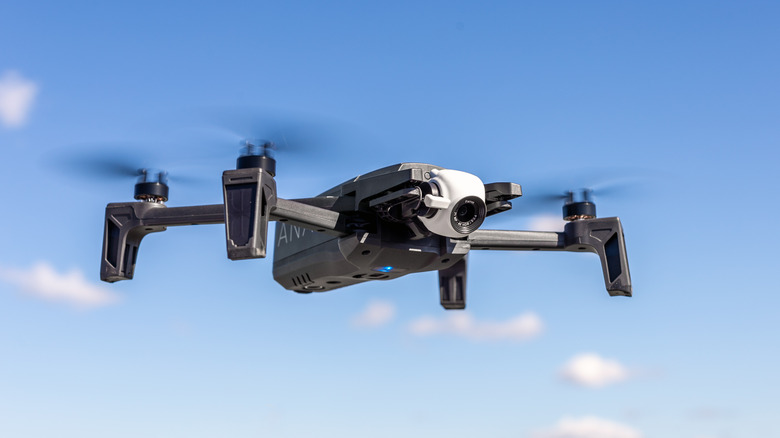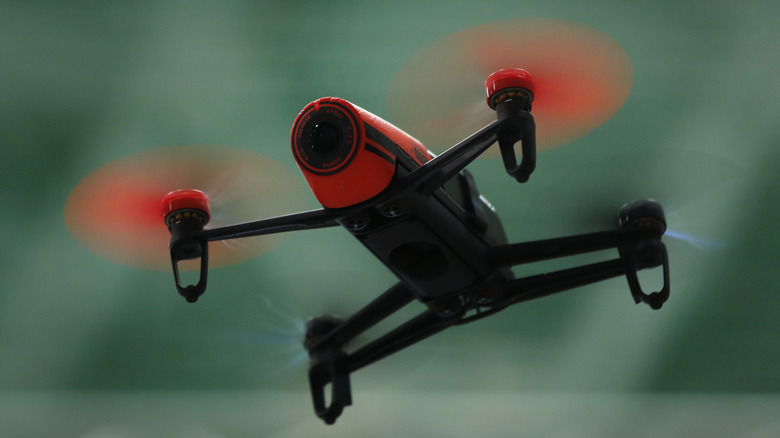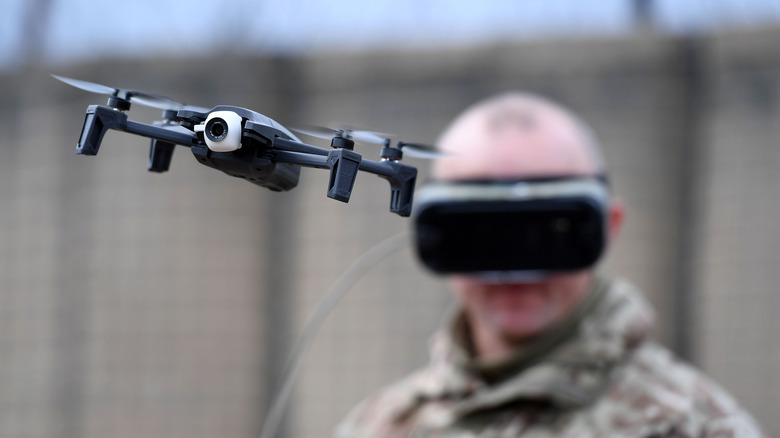The Reason Why Parrot Drones Were Discontinued
If you happen to be a drone enthusiast, chances are you are aware of the contribution of the French drone maker Parrot to the drone space. For casual drone enthusiasts around the world, Parrot was mostly known for its toy drones that were easy to fly and came with loads of features. Given their affordable pricing and easy-to-replace parts, budding drone enthusiasts widely used Parrot's drones before moving on to more expensive, sophisticated drones. For the same reason, it wouldn't be erroneous to state that thousands of professional drone pilots started their journey with a Parrot drone.
However, today, if you are in the market for a beginner-level toy drone, you will mostly find ones made by companies like Ryze (Tello), Holyton, and Potensic. Given how prevalent Parrot's toy drones were in the consumer drone segment, it might surprise many long-time drone enthusiasts that Parrot's toy drones are no longer on sale. So, what happened to Parrot and its toy drones? Turns out, Parrot exited the consumer drone segment in 2019. Let's investigate some of the possible reasons why this happened.
Why did Parrot stop making toy drones?
While we know that Parrot exited the consumer drone market in 2019, most people don't really know why it happened. The simple answer would be the sheer dominance of the Chinese drone maker DJI in the consumer drone market. In 2018, one year before Parrot exited the space, DJI held a commanding third of the consumer drone market with its popular Mavic, Spark, and Phantom drones. This trend has continued to the present day. Parrot's financial situation was also not looking good at the time.
According to its third-quarter earnings report for 2018, Parrot showed a massive 45% dip in revenue compared to the same period in 2017. More importantly, the company experienced this dip despite the arrival of its Anafi drone, which came out in July 2018 in the hope of anchoring up sales. This was also around the same time the company announced to slash its drone division workforce to cut costs. With its (then) new product failing to meet sales expectations, Parrot was not in a position to invest in developing a new consumer drone to compete with DJI's popular offerings.
Instead, the head honchos at Parrot thought it was better off focusing its efforts in the commercial drone space, which had the potential to help them shore up the revenues. By July 2019, Parrot stepped away from the consumer drone space and focused all its attention on the commercial drone space.
How Parrot has fared since it stopped making consumer drones
In hindsight, moving away from making consumer drones seems to have worked well for Parrot. Since exiting the space four years ago, the company has secured several tenders for its drones from governmental agencies across the globe. These agencies range from organizations manning borders, law enforcement agencies, and fire services. Some of this growth has also come in the backdrop of several organizations backing off from using Chinese-made drones thanks to growing concerns centered around cybersecurity and data transparency concerns.
The company's ANAFI USA drone, which targets the defense markets, has also seen widespread deployment in several NATO countries, including the United States, the United Kingdom, France, Northern Europe, and Japan, resulting in improved revenue figures for Parrot. The company also seems to have benefited from the Russo-Ukrainian flare-up, which started in February 2022.
Data from Parrot's most recent earnings report indicate that the sales of the company's commercial microdrones, primarily the ANAFI for security (ANAFI USA) and inspection (ANAFI Ai), have risen by a significant 22%. In fact, revenue from the sale of these drones now accounts for more than 56% of the group's total revenues.
In light of this data, it is evident that Parrot's decision to exit the consumer drone market has worked well for the company, given its better financial position since 2018. It will be interesting to see if the company plans to re-enter the consumer drone space sometime in the future.


